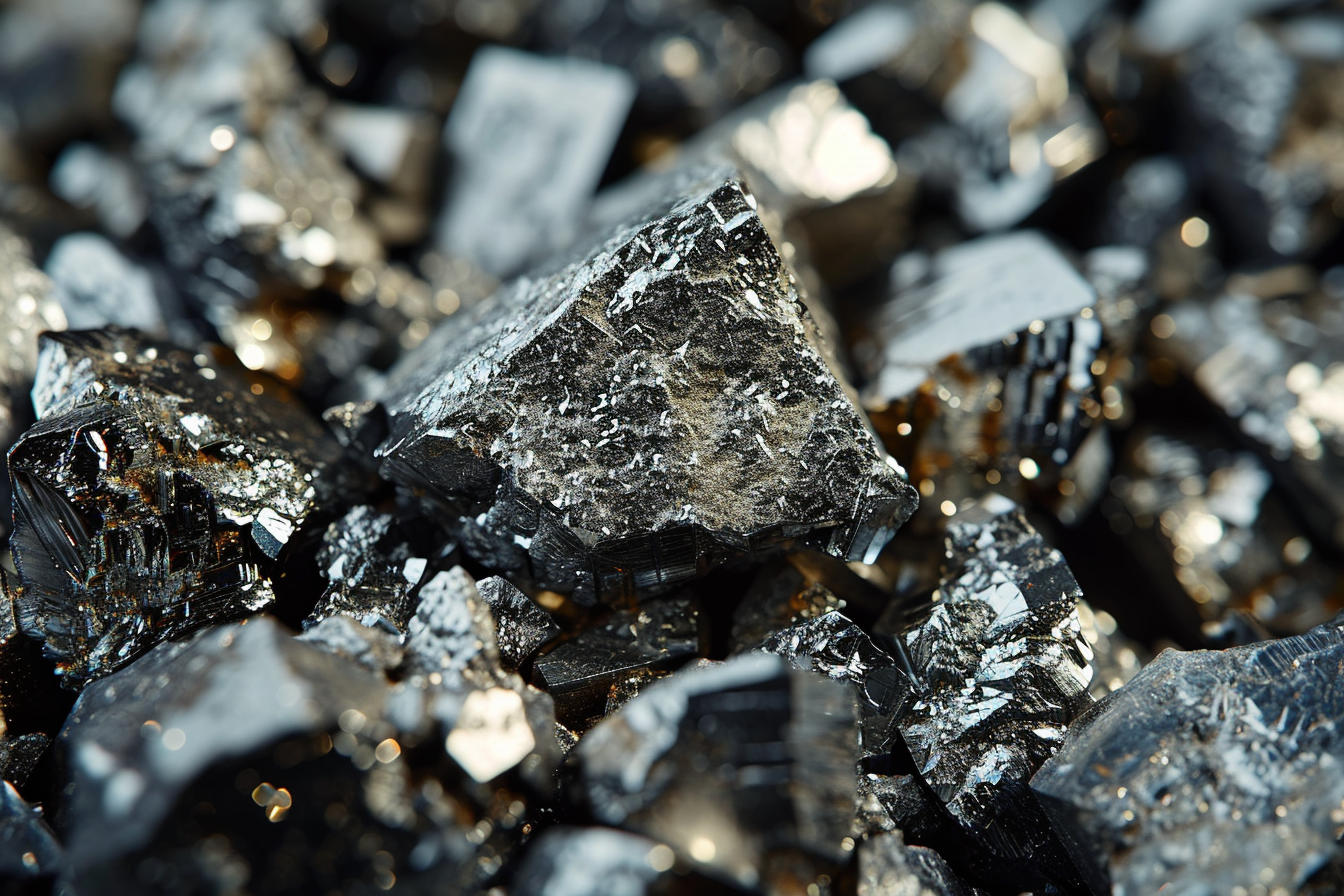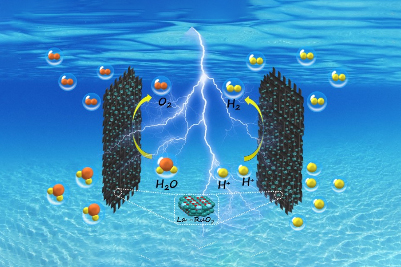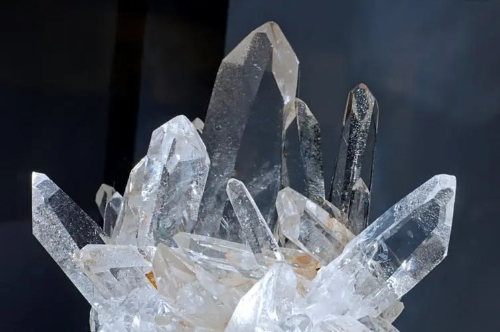What is the Rarest Material in the World?
As the dawn of technological advancement continues to rise, society faces an inevitable question: which of the world’s natural resources will be the first to deplete? In an age where the consumption of minerals and metals escalates with each passing moment, fueled by the relentless demand for smartphones, computers, and medical devices, this inquiry grows increasingly pertinent. This discourse seeks to explore the enigma surrounding the rarest materials on Earth, challenging the conventional wisdom of resource depletion and highlighting the complexities of modern consumption and sustainability.
Demystifying the Notion of "Drying Up"
The prevailing narrative surrounding the depletion of natural resources often conjures images of a desolate future, stripped of the minerals and elements that power our modern existence. Yet, this portrayal belies the nuanced reality shared by experts in natural resource management. Contrary to the dystopian vision of resources "drying up," many materials critical to contemporary life are, in fact, abundant. Despite this reassurance, the short-term outlook presented by these specialists is far from optimistic, underscoring a pressing need for sustainable consumption and resource management practices.

The Crucial Ingredients of Modernity
The marvels of modern technology—be it the ubiquitous smartphone or lifesaving medical equipment—are built on a foundation of an astonishing array of elements. Remarkably, a single cellphone may incorporate between 60 to 64 different elements. This array spans from common metals like copper, aluminum, and iron to the more obscure and less abundant rare earth elements. Despite their seemingly negligible quantities—often not exceeding a milligram—these materials are indispensable to the device's functionality, affirming their outsized significance in the technological domain.
Rare-Earth Metals and Their Significance
Among the pantheon of materials critical to technological innovation, rare-earth metals command a special status. These elements are the linchpins of a wide range of high-tech applications, from the innards of smartphones and hybrid vehicles to the mechanisms of wind turbines and advanced computing systems. The global production of rare-earth metals, with China at the helm producing 90% of the world's supply, is a testament to their pivotal role. However, forecasts indicating the potential depletion of these resources within the next two decades if current consumption trends persist highlight the fragility of our reliance on these critical materials.
Other Rare Materials
The discourse on the scarcity of materials extends beyond rare earths to encompass a broader spectrum of elements crucial to modern society. Indium, used in touchscreens and LCDs, platinum, vital for catalytic converters and various medical applications, and silver, with its myriad of industrial and electronic uses, are among those materials whose future availability is under scrutiny. Projections suggest that without significant changes in recycling, mining practices, and consumption patterns, these materials could face critical shortages within the next 10 to 20 years.
Moreover, elements like rhodium, gold, tellurium, and platinum are identified as some of the rarest in terms of their abundance in the Earth's crust relative to their societal importance. This scarcity underscores the finite nature of these materials and challenges the prevailing notion of an inexhaustible mineral wealth, highlighting the imperative for sustainable resource management.

Challenging the Depletion Paradigm
The narrative that mineral resources might one day "dry up" entirely faces skepticism from thought leaders in the field of industrial ecology. Thomas Graedel, director of the Centre for Industrial Ecology at Yale University, argues that humanity has never completely depleted any natural resource. He suggests that, with prudent management and innovation, this trend is likely to continue into the future. This perspective shifts the discussion from a focus on physical reserves to the broader, more complex issues of accessibility and sustainable use of resources.
Redefining Scarcity in the Modern Context
In considering the scarcity of resources, the emphasis should not solely rest on the reserves of minerals within the Earth but rather on the multifaceted challenges of extracting and utilizing these resources in a manner that meets market demand. Scarcity, therefore, is more aptly defined by availability—a concept influenced by technological advancements, economic viability, and geopolitical factors. This redefinition underscores the notion that the key to addressing resource scarcity lies in enhancing the availability of essential materials through innovation and sustainable practices.
Navigating the Future of Resource Management
The exploration into the world's rarest material reveals more than just the physical scarcity of certain elements; it highlights the broader challenges of ensuring sustainable access to the resources that underpin modern society. The future demands a concerted effort that marries prudent resource use with relentless technological innovation and international cooperation. By doing so, we can secure the materials that power our world today while safeguarding the planet for future generations.
In conclusion, the quest to identify the rarest material in the world catalyzes a larger conversation about our relationship with the planet's natural resources. It prompts a reevaluation of our consumption patterns and resource management strategies, urging a shift towards a more sustainable and equitable approach to resource utilization. Amidst this pursuit, Stanford Advanced Materials (SAM) emerges as a valuable resource, offering access to the rare materials discussed throughout this article on their site. This availability underscores the crucial role of dedicated suppliers in supporting both current technological advancements and future innovations. As we venture further into the 21st century, the balance between progress and preservation, supported by partners like SAM, will become increasingly crucial, guiding our efforts to maintain harmony with the natural world.




